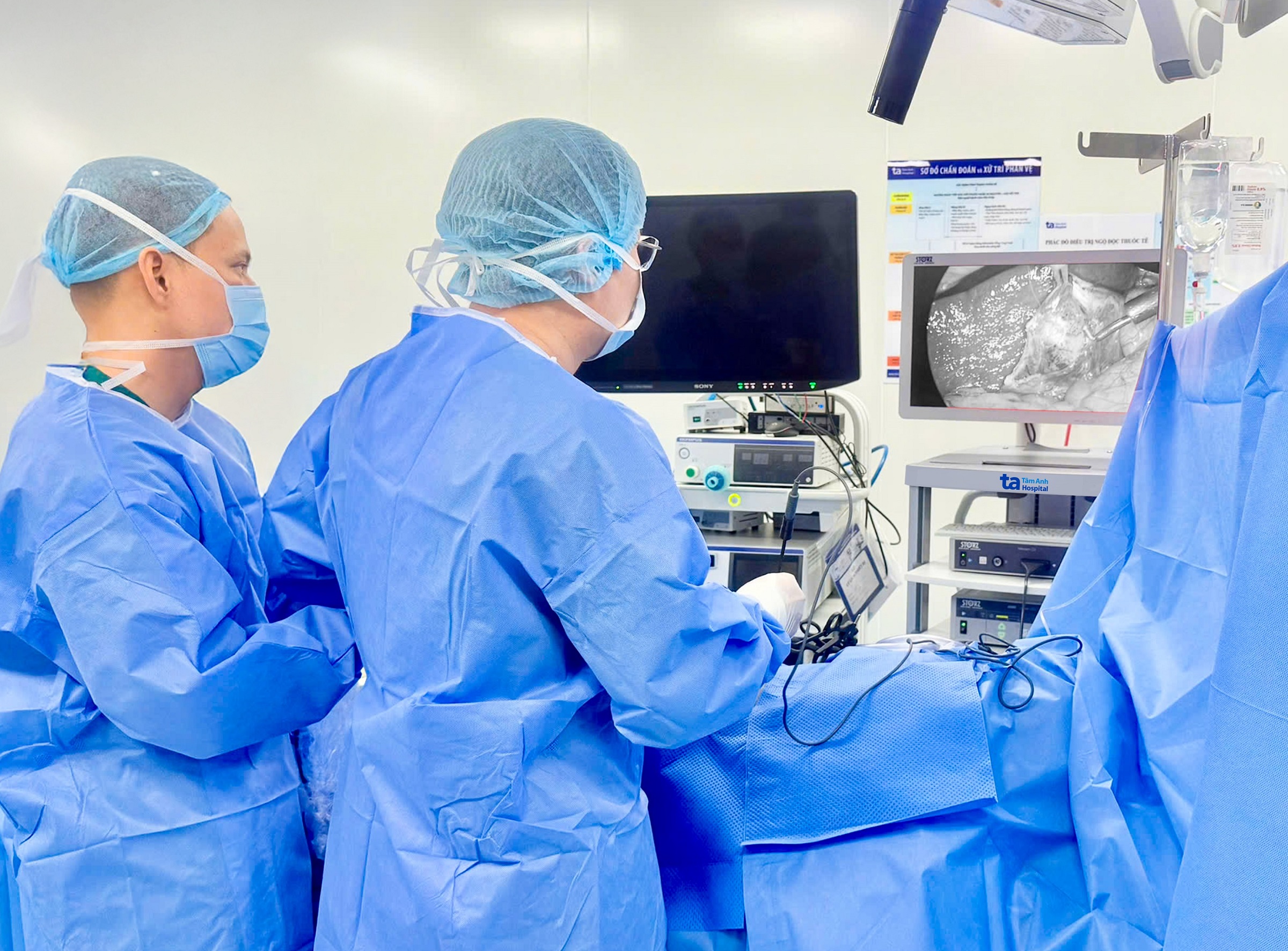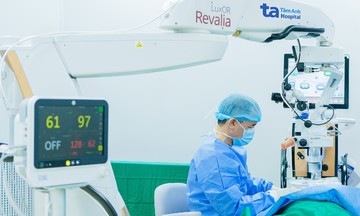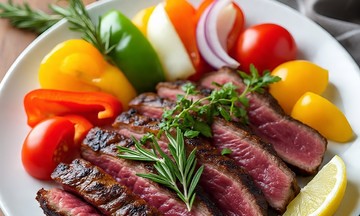An ultrasound at Tam Anh General Hospital in Ho Chi Minh City revealed a 2x5.2 cm gallstone in Linh's gallbladder. On 8/9, Dr. Pham Cong Khanh, Head of the Hepatobiliary-Pancreatic Department, Center for Endoscopy and Minimally Invasive Digestive Surgery, reported that the increasing number and size of the gallstones caused Linh indigestion, abdominal pain above the navel, and bloating. Gallstones often form silently, and small ones typically don't cause symptoms, often discovered incidentally during abdominal ultrasounds. As they grow, they obstruct bile flow, damaging the gallbladder and increasing the risk of bile duct blockage, leading to complications such as acute cholecystitis, gangrenous cholecystitis, gallbladder perforation, and gallbladder abscess.
Doctors recommended laparoscopic gallbladder removal, assisted by a 3D/4K laparoscopic surgery system. They cut the cystic duct, removed the gallbladder from the liver, and extracted dozens of sharp-edged, yellow cholesterol stones measuring 0.8-1 cm.
 |
Dr. Cong Khanh (right) performs laparoscopic gallbladder removal on Linh. Photo: Tam Anh General Hospital |
Dr. Cong Khanh (right) performs laparoscopic gallbladder removal on Linh. Photo: Tam Anh General Hospital
Linh recovered well after the surgery and was discharged. At a follow-up appointment a week later, he reported normal eating habits, no bloating, and a return to normal activities.
Gallstones are hard crystals that form in the gallbladder due to an imbalance in bile components. There are three types: cholesterol stones, pigment stones, and mixed stones. According to Dr. Khanh, Linh had cholesterol stones, the most common type, accounting for about 80% of cases. These stones form when there is excessive cholesterol relative to bile salts and phospholipids in the bile. The excess cholesterol cannot dissolve completely and crystallizes into stones.
"Gallstones are becoming more common in younger people," Dr. Khanh said, explaining that while previously prevalent in people over 40, many in their 20s and 30s are now being diagnosed. Several factors contribute to gallstone formation, including an unbalanced diet, high consumption of fast food and cholesterol-rich foods, a sedentary lifestyle, chronic stress, and rapid weight loss.
To prevent gallbladder diseases, doctors advise maintaining a healthy lifestyle, eating a balanced diet rich in vegetables, limiting saturated fat intake, and exercising regularly. Regular health check-ups are also crucial for early detection and treatment of any abnormalities.
Quyen Phan
*The patient's name has been changed.
| Readers can submit questions about digestive diseases here for doctors to answer. |












